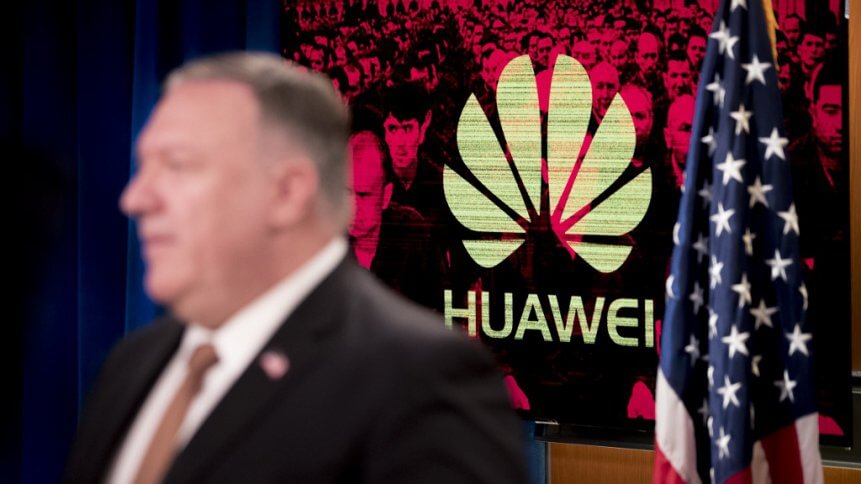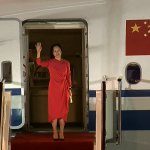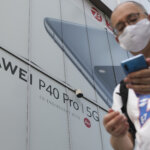Why is the US suddenly easing its long-standing curbs on Huawei?

- There is a catch — companies like Huawei must obey standards decided by the US Commerce Department.
- The entire move is meant to maintain America’s lead in setting international standards, while China closes the gap.
The United States has been actively pursuing ways to sustain its technological predominance in the era of growing strategic competition — especially from China. In that pursuit, several actions and restrictions have been placed on Chinese companies, especially on Huawei, for the sake of safeguarding US technological advancement. This week, in a surprising turn of events, the US apparently loosened restrictions on the sharing of technology with blacklisted firms, all for the sake of strengthening its leadership in the technology and innovation ecosystem.
If you’ve been keeping up with the tech industry over the past few years, you would definitely know that Huawei has been in a heap of trouble. Since May of 2019, the Chinese tech giant has been under fire from the US government, resulting in what is colloquially referred to as the “Huawei ban.” The three-year long battle has even forced Huawei to drastically change its business practices.
However, last week, the US Commerce Department’s Bureau of Industry and Security issued a rule authorizing the release of certain technology and software when organizations deliberate and decide on standards. The statement addresses questions over whether US firms should secure a license before sharing “low-level” technology with sanctioned parties, including Huawei.
The Commerce Undersecretary for Industry and Security, Alan Estevez, also noted that “US stakeholders need to be fully engaged in international standards organizations, particularly where the critical but sometimes invisible standards that they set have important national security as well as commercial implications.”
A brief walk down US-Huawei memory lane
Huawei is one of the largest telecommunications companies in the world and by 2019, the company was already expected to become the world’s largest smartphone manufacturer, stealing the crown from Samsung. And it did, but despite this success, Huawei has dealt with numerous accusations over the years of shady business practices. It also has been accused — although with no hard proof — of using its products to spy on other nations.
For the US, that was a worrisome aspect considering the company’s close ties to the Chinese government. Then came May 2019, when then-US President Donald Trump announced that Huawei — along with several other Chinese companies — was now on something called the Entity List. Companies on the list are unable to do business with any organization that operates in the US.
YOU MIGHT LIKE

After years of feuding, Canada bars Huawei, ZTE 5G gear
The Huawei ban began, with Huawei’s hand tied and the smartphone giant no longer to work with companies such as Google, Qualcomm, and Intel, among many others. In the case of Google, that meant new Huawei smartphones were no longer able to ship with Google-owned applications preinstalled. Without the ability to use the GMS version of Android, Huawei eventually developed its own HarmonyOS, which is now in its third generation.
Overall, since May 2019, Huawei has had some minor wins, but the bulk of the ban is still in place. The Huawei ban has been in effect in perpetuity and the company has been strategizing around the giant obstacle ever since.
Now what?
Estevez said that the new rule will help advance “US leadership in these critical bodies.” It indirectly means the US doesn’t want to lose its leadership role in technology and one way to make sure that this doesn’t happen is to allow restricted firms to have access to needed American technology.
The Commerce Department has yet to release a list of the technologies that it will allow companies like Huawei to share or get. As of this year, the Shenzhen-based telecommunication equipment maker has announced a change in business strategy to focus more on the bottom line than generating revenue after its net margin declined by nearly 50% in the first half of 2022 compared to the same period last year.
The easing of the Huawei ban could have come in the nick of time.









